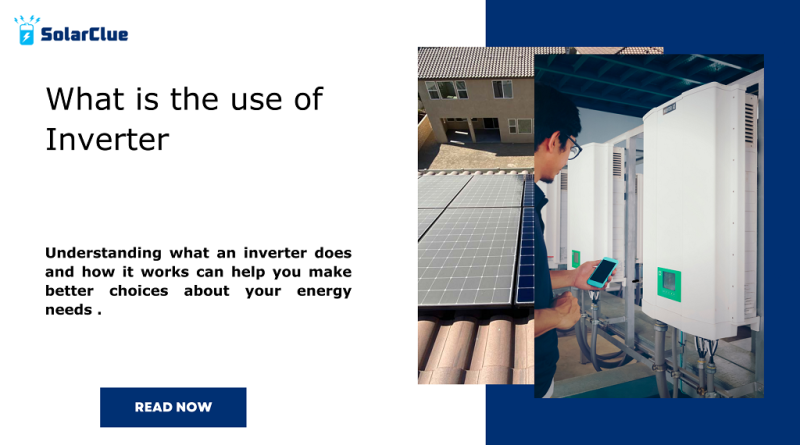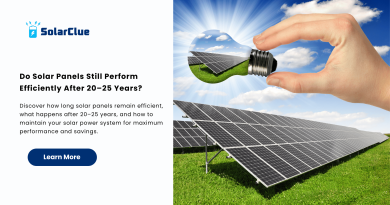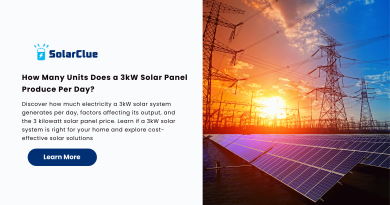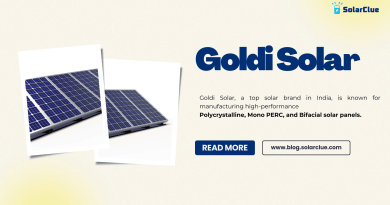What is the use of Inverter
Hey there! If you’re new to the world of electronics or renewable energy, you might have come across the term “inverter” and wondered what it actually does. Don’t worry—you’re not alone. Inverters play a crucial role in many different systems, and understanding their use can help you make better decisions about your energy setup or gadgets. In this guide, we’ll break down what an inverter is, why it’s so important, and how it works, all in a way that’s easy to understand.
What is an Inverter?
At its most basic level, an inverter is an electronic device that converts direct current (DC) electricity into alternating current (AC) electricity. But let’s unpack that a bit more.
Table of Contents
Direct Current vs. Alternating Current
Before we dive into the specifics, it’s helpful to know the difference between DC and AC:
- Direct Current (DC): This type of electricity flows in a single direction. It’s the kind of power you get from batteries, like AA batteries or the battery in your phone.
- Alternating Current (AC): This type of electricity changes direction periodically. It’s the kind of power that comes out of your wall sockets and powers most of your home appliances.
Why Do We Need an Inverter?
You might be wondering why we need to convert DC to AC at all. Here are some common reasons:
1. Powering Household Appliances
Most home appliances and devices are designed to run on AC power. If you’re using a solar panel system or a battery that generates DC power, you’ll need an inverter to convert that power into AC so you can use it in your home.
2. Solar Power Systems
Solar panels generate DC electricity when they capture sunlight. Since your home’s electrical system operates on AC power, an inverter is necessary to convert the DC power from the solar panels into AC power that can be used by your household appliances or fed back into the grid.
3. Battery-Powered Devices
If you have a battery-powered backup system or an uninterruptible power supply (UPS), it will use DC power stored in batteries. An inverter is used to convert this DC power into AC power so you can keep using your devices even when the main power source is out.
How Does an Inverter Work?
Let’s break down the process of how an inverter works, step by step:
1.DC Input: The inverter receives DC electricity from a power source like a solar panel or battery.
2.Conversion: The inverter converts this DC electricity into AC electricity using electronic circuits and switches.
3.AC Output: The converted AC electricity is then sent to your home’s electrical system or to any device that requires AC power.




